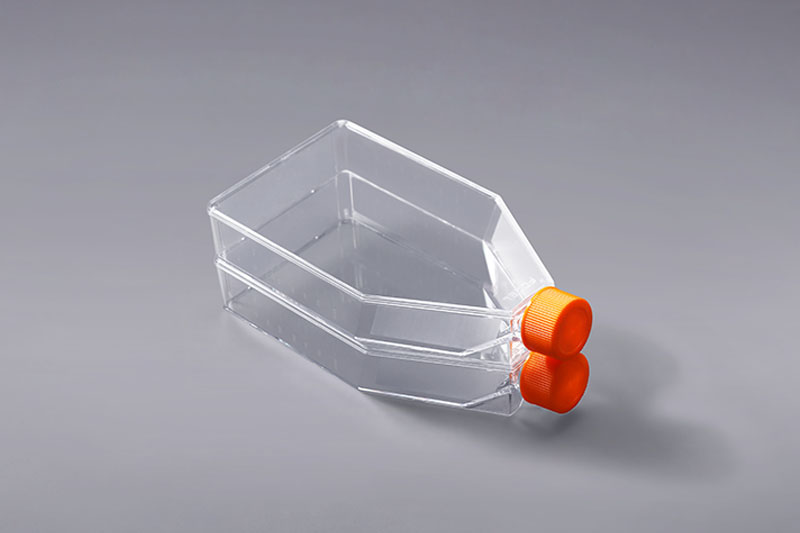세포 배양은 생명 과학 분야에서 일반적으로 사용되는 과학적 연구 방법입니다. 세포배양플라스크는 실험실에서 중간 규모의 세포 조직 배양에 적합한 소모품입니다. 세포 배양은 멸균 환경에서 수행해야 합니다. 세포 배양 중에 어떻게 모든 종류의 오염을 피할 수 있습니까?
우선 세포배양의 오염원은 크게 세 가지 측면에서 비롯된다. 한편, 화학적 오염은 독성이 있거나 세포에 자극을 주는 일부 화학 물질을 말합니다. 이러한 오염은 일반적으로 씻지 않은 기구와 불순한 화학 시약에서 발생합니다. 그리고 품질이 좋지 않은 증류수. 그 중 박테리아 내독소는 세포 성장 및 실험 결과에 더 큰 영향을 미칩니다. 그것은 임상 열의 주요 원천입니다. 임상 의약품의 세포 배양에 의해 생성되는 백신 및 사이토카인의 생산은 의약품 생산 과정에서 피해야 합니다. 독소의 오염. 화학적 오염을 줄이기 위해서는 고품질의 증류수를 사용하여야 하며, 가급적 일회용 세포 배양 용기를 사용하여야 합니다.
반면에 세균, 곰팡이, 효모 등에 의한 오염을 비롯한 생물학적 오염이 존재합니다. 비교적 찾기 쉽고, 바이러스, 마이코플라스마 등 비교적 찾기 어려운 세포에 의한 오염. 이 중 바이러스 오염 입자는 매우 작아 일반적으로 세포에 숨어 있으며 전체 세포 배양에 치명적이지 않아 연구자가 바이러스의 영향을 받는 세포 검사 결과를 얻을 수 있습니다. 일반적으로 생물학적 오염은 세포 배양 작동 중에 발생하므로 양호한 세포 배양 작동 환경과 작동 습관이 생물학적 오염을 줄이는 열쇠입니다.
반면, 오염은 주로 부적절한 작동과 관련이 있습니다. 예를 들어, 많은 실험자들은 손을 씻지 않고 알코올을 뿌리는 것만으로 실험실에 들어갑니다. 세포 배양 사각 플라스크와 배양 용액을 잡을 때 병목 부분을 잡지 마십시오. 초청정 벤치에 물건이 너무 많아 Wait. 세포 실험의 결과에 영향을 미치지 않도록 세포 배양 실험에서 위의 측면에 주의하십시오.
The FAI climbed 5.9 percent year-on-year in the first 11 months of 2018, quickening from the 5.7-percent growth in Jan-Oct, the National Bureau of Statistics (NBS) said Friday in an online statement.
The key indicator of investment, dubbed a major growth driver, hit the bottom in August and has since started to rebound steadily.
In the face of emerging economic challenges home and abroad, China has stepped up efforts to stabilize investment, in particular rolling out measures to motivate private investors and channel funds into infrastructure.
Friday's data showed private investment, accounting for more than 60 percent of the total FAI, expanded by a brisk 8.7 percent.
NBS spokesperson Mao Shengyong said funds into weak economic links registered rapid increases as investment in environmental protection and agriculture jumped 42 percent and 12.5 percent respectively, much faster than the average.
In breakdown, investment in high-tech and equipment manufacturing remained vigorous with 16.1-percent and 11.6-percent increases respectively in the first 11 months. Infrastructure investment gained 3.7 percent, staying flat. Investment in property development rose 9.7 percent, also unchanged.
 English
English



















































